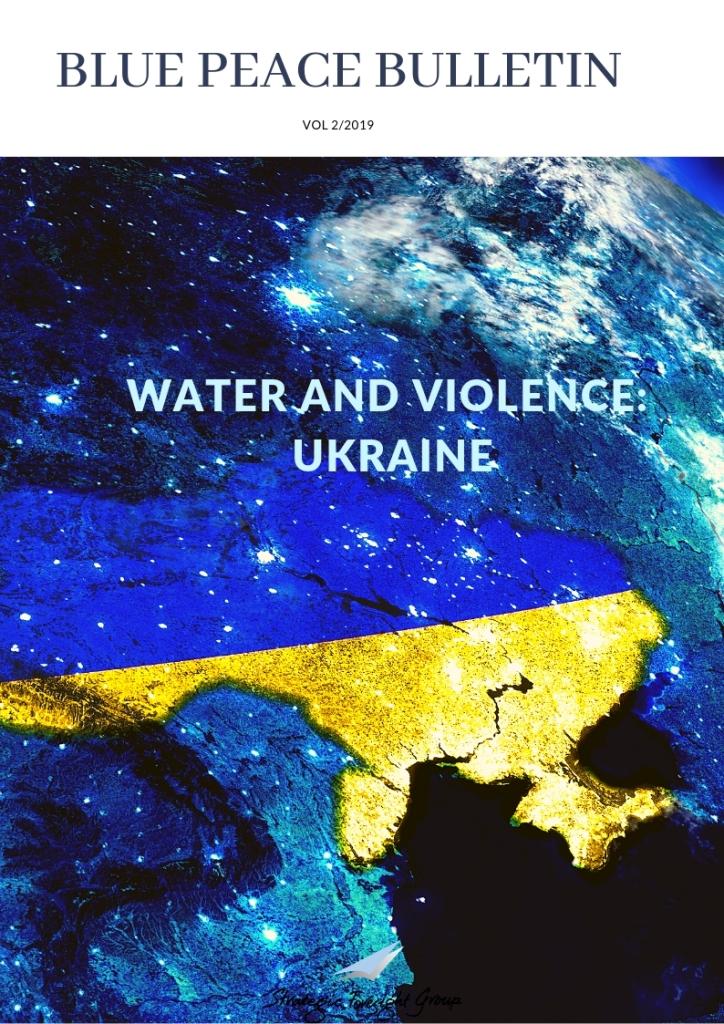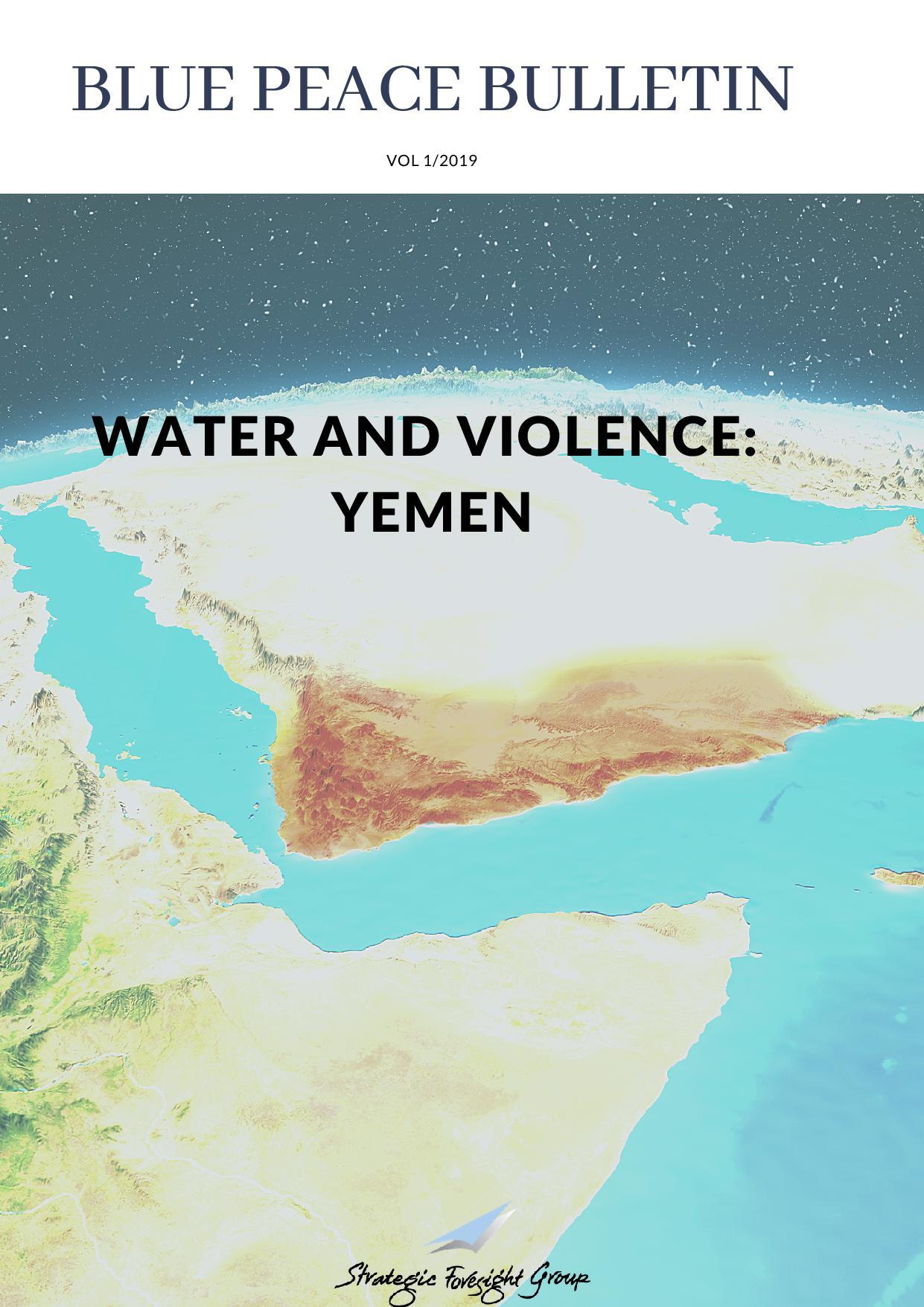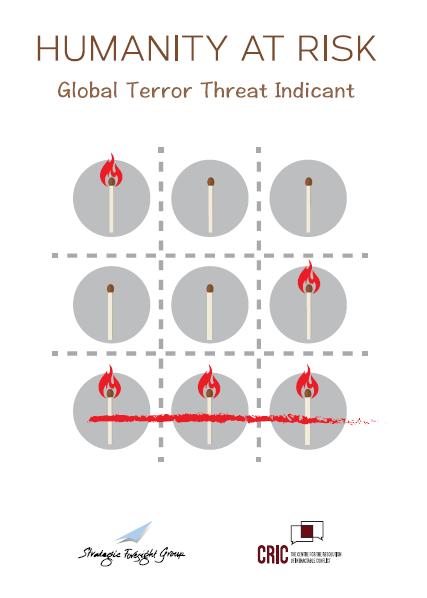Israel�€™s Future Dilemma: the importance of �€˜final status�€™
|
|
October, 2009
By Gitanjali Bakshi
|
The last few months have seen a recent push from the Obama administration to speed up the Israel-Palestine peace process; a push that has not come without a fair share of resistance. The main challenge in the negotiation process has been the five final status issues �€“ namely borders, Israeli settlements, the status of Jerusalem, water rights and lastly refugees and the right of return. These five issues -- aptly named �€˜final status�€™ -- carry so much contention between the two-sides that during previous peace negotiations, discussing them in detail has often been deferred till the very end.
Camp David Accords in 1978, the Madrid Peace Conference in 1991 and the Oslo Peace Process in 1993, all acknowledged the importance of these issues but failed to address them specifically. It was only at Camp David once again in 2000 that former US President Bill Clinton decided to address the final status issues directly. Although, the talks between Israeli and Palestinian leaders ended in significant disagreement, they were more detailed than ever before. And now it seems that once again, final status issues may gain a central role under the Obama administration.
However doubts remain as to whether Israel is prepared to take on this massive endeavor. In a recent statement on Israel Radio, Foreign Minister Avigdor Lieberman suggested a long-term interim agreement that would ensure stability while leaving the �€˜tougher issues�€™ for a much later stage. In response, King Abdullah II of Jordan stated that this approach would send the region back into darkness - �€œBecause if there is no two-state solution, what future do we all have together?�€
The following article attempts to answer this question. What would happen if these five issues were left alone for another 10 years? In order to understand the urgency of the situation it is important to apply a degree of foresight to the cost of deferral.
Borders: in the case of a two-state solution, Israel will have to return the territories it occupied during the 1967 war. The Geneva Accord suggests the return of 98% of the West Bank and all of the Gaza Strip to Palestinian control. In another 10 years however, these plans will be thwarted by the construction of Israel�€™s barrier wall. Once completed the barrier wall will deviate into 8.5% of the West Bank, cordon off another 3.4% and threatens to affect close 500,000 Palestinians in the bargain.
Settlements: Israeli settlements in the West Bank have already set off alarm bells in the international community due to their exponential growth rate over the years. A two-state solution will require a disengagement of Israel�€™s settler population from the West Bank, as was the case with the Gaza Strip and the Sinai Peninsula. Except both the Sinai as well as the Gaza Strip involved disengagement of 7,000-8,000 settlers, while at the current growth rate Israel�€™s settler population will number approximately 268,000 in 2020; and this isn�€™t even taking into account the Israeli settler population in East Jerusalem.
Jerusalem: The holy city of Jerusalem houses some of the most important religious sites for the world�€™s Abrahamic traditions. It is also the center of urban activity in the occupied territories and Palestinians intend to make East Jerusalem their capital in case of a two-state solution. Yet as the Jewish population in East Jerusalem continues to grow, its potential division from Israel becomes close to impossible. The Jewish settler population in East Jerusalem stood at 283,000 in 2007 and could potentially grow to 465,000 in 2020.
Water Rights: Freshwater in the shared Mountain Aquifer will need to be equitably distributed in the case of a two-state solution. However another 10 years of over-pumping, the effects of climate change and water pollution will decrease the freshwater availability in the Mountain Aquifer. According to a 2009 World Bank report, West Bank Palestinians are already receiving less freshwater than the meager 17% allocated to them in 2000, in 2020, equitable re-distribution will be highly unlikely.
Refugees: The total registered refugee population was estimated at approximately 4 million in 2000. A large portion of this population was driven from their ancestral lands after the 1948 War of Independence or the Nakhba. Israelis are apprehensive about allowing some of these Palestinian refugees their right to return to Israel but if the Jewish state does not deal with the refugee situation now in 2020 this population will increase to roughly 5.6 million.
At the rate at which these five main issues are developing, a two-state solution will be extremely difficult to attain by 2020 or as early as 2015 for that matter, at which point there will be two options available to Israel. The first will be to accept a one-state solution where Israelis and Palestinians would have equal rights, in which case Israel will have to face heavy demographic, administerial and ideological challenges. In 2020, the Jewish state will have to incorporate around 4-5 million Palestinians living in the Occupied Territories along with their existing Arab population which already comprise 20% of Israel proper. The second would be to continue a state of occupation, which could result in riots, a third intifada and severe regional consequences. This option would only prolong Arab-Israeli discord, heighten arms proliferation and encourage violent resistance movements in the Middle East.
These are options that nobody would like to encounter in the future. Deferring these issues will only make the negotiation process even tougher for the next generation and upcoming governments and will work to Israel�€™s detriment in the long-run. There is no more time for deferral. In order to secure a stable future for Israelis, Palestinians and the region, the five final status issues must be addressed in current peace negotiations.
Fact Sources:
Barrier Wall - B�€™Tselem
Population Statistics - PASSIA (Palestinian Academic Society for the Study of International Affairs)
Water Situation - World Bank
Refugee Situation - UNRWA (United Nations Relief and Works Agency)
Related Publications
Related latest News
Related Conferences Reports
-

P5 Experts Roundtable on Nuclear Risk Reduction
Download:Geneva Roundtable Report
-

Roundtable on Global Security and Catastrophic Risks
Download:Report on RT revise





